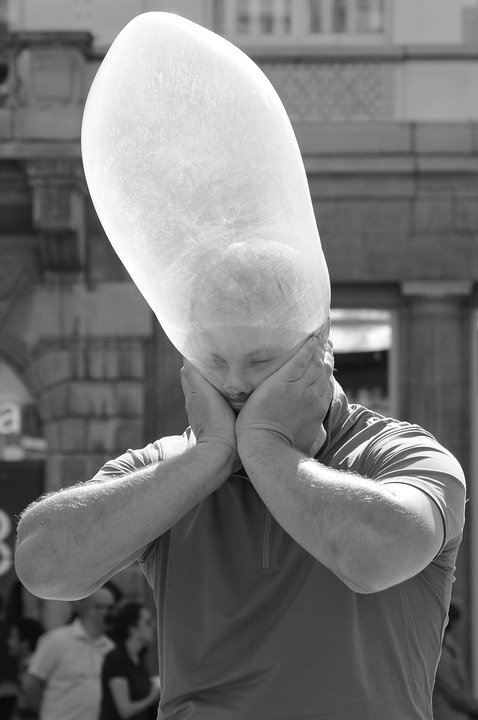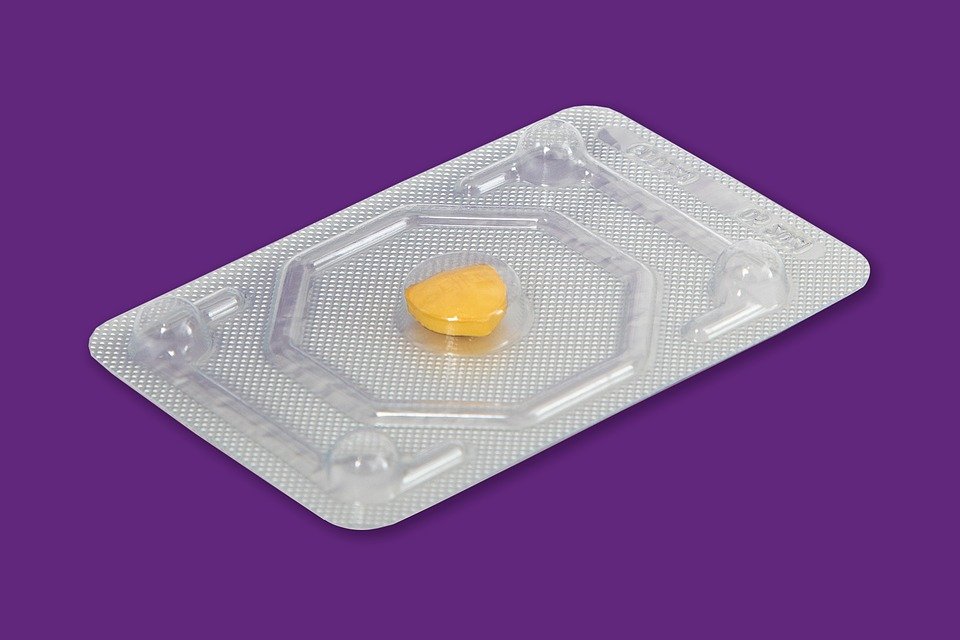
Platelets are small, disc-shaped cells in the blood that play a crucial role in the process of blood clotting. When a blood vessel is damaged, platelets rush to the site of injury and form a plug to stop bleeding. This process, known as hemostasis, is essential for preventing excessive blood loss and promoting wound healing.
Platelets are produced in the bone marrow and circulate in the blood stream. They are activated when they come into contact with exposed collagen at the site of a blood vessel injury. Once activated, platelets release a variety of substances, including clotting factors and growth factors, to initiate the clotting process.

One of the key functions of platelets in blood clotting is to adhere to the damaged blood vessel wall. This is achieved through a series of complex interactions between platelet receptors and proteins in the blood. Once attached to the vessel wall, platelets become activated and change shape, forming long tentacle-like structures that help them stick together and form a plug.
Platelets also release chemicals such as thromboxane A2, which causes the blood vessels to constrict and further reduce blood flow to the site of injury. This helps to limit the amount of blood loss and prevent the formation of additional clots.

In addition to their role in clot formation, platelets also play a crucial role in wound healing and tissue repair. Platelets release growth factors such as platelet-derived growth factor (PDGF) and transforming growth factor-beta (TGF-beta), which stimulate the proliferation of fibroblasts and other cells involved in the repair process.
Platelets also help to promote the formation of new blood vessels, a process known as angiogenesis. This is essential for delivering oxygen and nutrients to the site of injury and facilitating the healing process.

Despite their importance in blood clotting and wound healing, platelets can also contribute to the formation of unwanted blood clots, a condition known as thrombosis. Thrombosis can occur when the balance between clot formation and clot dissolution is disrupted, leading to the formation of a blood clot that can block blood flow to vital organs such as the heart or brain.
Platelet activation and aggregation are key steps in the formation of arterial thrombosis, which can lead to heart attacks and strokes. In these conditions, platelets can become overactive and form clots that block blood flow to the heart or brain, causing tissue damage and potentially life-threatening complications.
Understanding the role of platelets in blood clotting is essential for developing new therapies to prevent and treat thrombotic disorders. Antiplatelet medications such as aspirin and clopidogrel are commonly used to prevent blood clot formation in patients at risk for heart attacks and strokes.
Research into platelet function and dysfunction is ongoing, with scientists investigating new ways to target platelets in the treatment of cardiovascular disease, cancer, and other conditions. By uncovering the role of platelets in blood clotting and wound healing, researchers hope to develop new treatments that can improve patient outcomes and reduce the risk of complications associated with thrombosis.

Discover more from Bibliobazar Digi Books
Subscribe to get the latest posts sent to your email.


